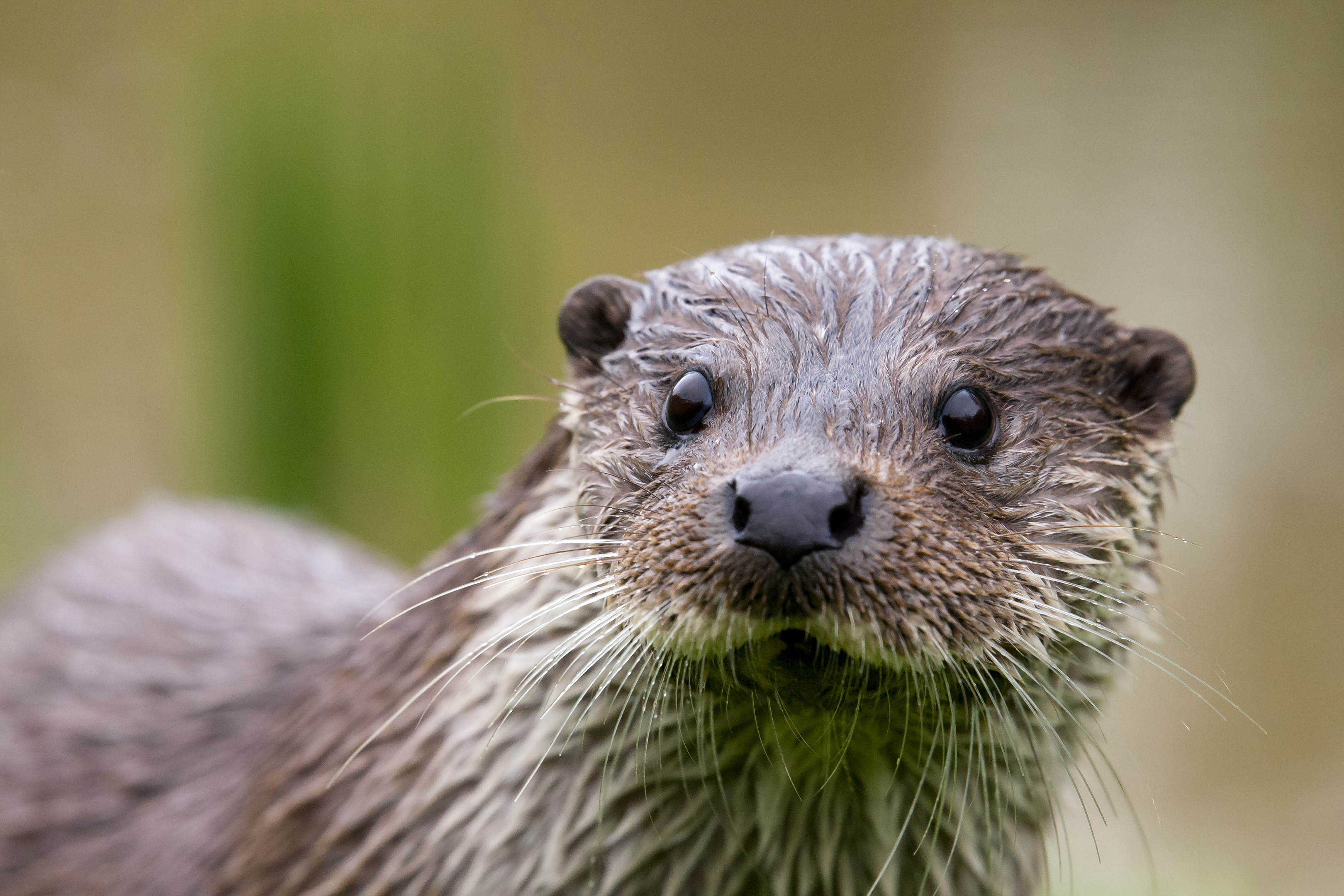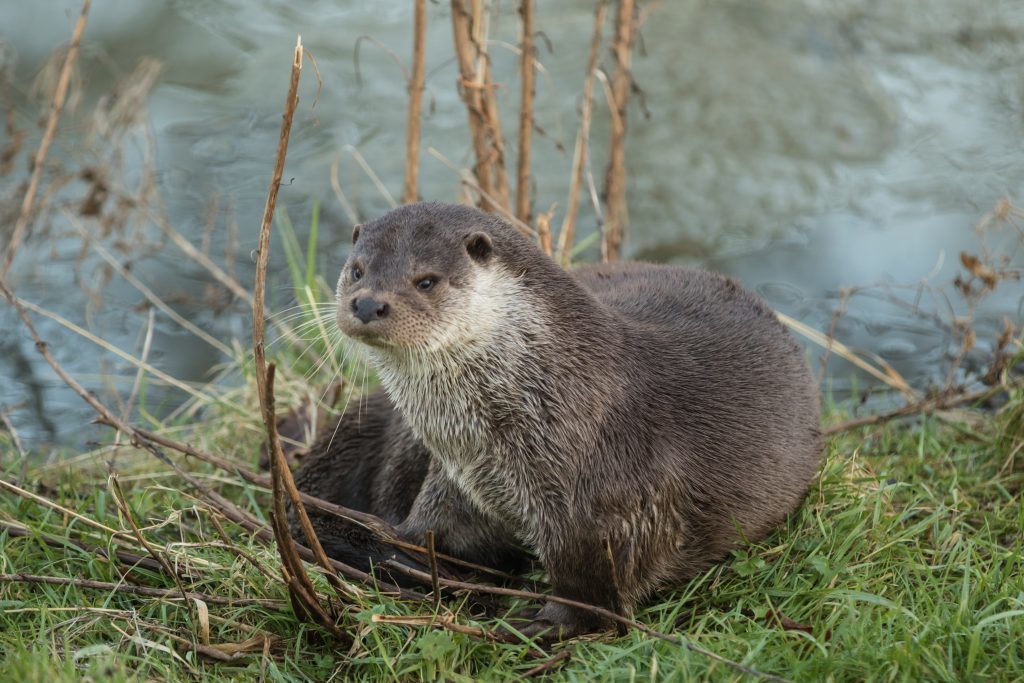For the last few weeks my sensor-activated trail camera has been monitoring a ditch near my home in the hope of capturing water voles and water shrews on video.
An offshoot of the River Devon, this ditch is turning into an obsession of mine and I only have to wade a few yards up its course to become enveloped in its warm embrace; a secret haven as truly wild as one can imagine. It is a place where you can listen to the purity of nature, the wind whispering through the branches of the trees above and the water’s gentle gurgling.
The water here is even-flowing and clean, with the bankside vegetation abundant and lush; the perfect location for elusive water voles and water shrews to thrive.
But all is not as it seems, for there has not been a sniff of either creature. Why? Well, perhaps it is because my video clips have revealed this ditch to be a super highway for predators, with otters, mink and a stoat all being caught on camera. In fact, there has been so much activity by these predators that one wonders how any small creature could survive here at all.
The stars have been the otters and I’ve captured several night-time clips of these animals on infra-red video. The water is shallow, but just deep enough for the otters to swim or use their feet to scrabble along the bottom. More times than not, otters have headed-up the ditch but do not return back down it. The ditch peters out several hundred yards further on and I presume that these otters then continue their journey over land.
The stoat was an exhibition of hunting efficiency, scampering along the edge of the lapping water, exploring every nook and cranny in search of mice and voles. Mink were also captured on film. These introduced animals from North America are, of course, the principal cause behind the catastrophic decline in our water vole population.
Despite such heavily stacked odds, small mammals do occur here and on two occasions the camera picked up a brown rat swimming in the water. We don’t tend to think of rats as aquatic creatures but they are adept swimmers and frequently live by water courses.
While my trail cam has revealed a wonderful world of wildlife activity, the absence of water voles and water shrews has been rather disappointing. All the more so, because a couple of years ago I had found the feeding station of a water vole in this very same ditch, comprising of a little pile of finely nibbled rushes. I do hope the voles have not gone.
Water shrews are equally intriguing and are themselves avid predators of a wide range of small creatures including minnows and tadpoles. They will even take adult frogs. A pretty amazing feat really, given that in comparative terms, it is a bit like the titanic struggle involved when a lion tackles a buffalo.
Info
Water shrews are localised but widely distributed in Scotland and often, but not exclusively, occur by fresh water. Mild poison in their saliva is thought to help water shrews subdue their prey.











